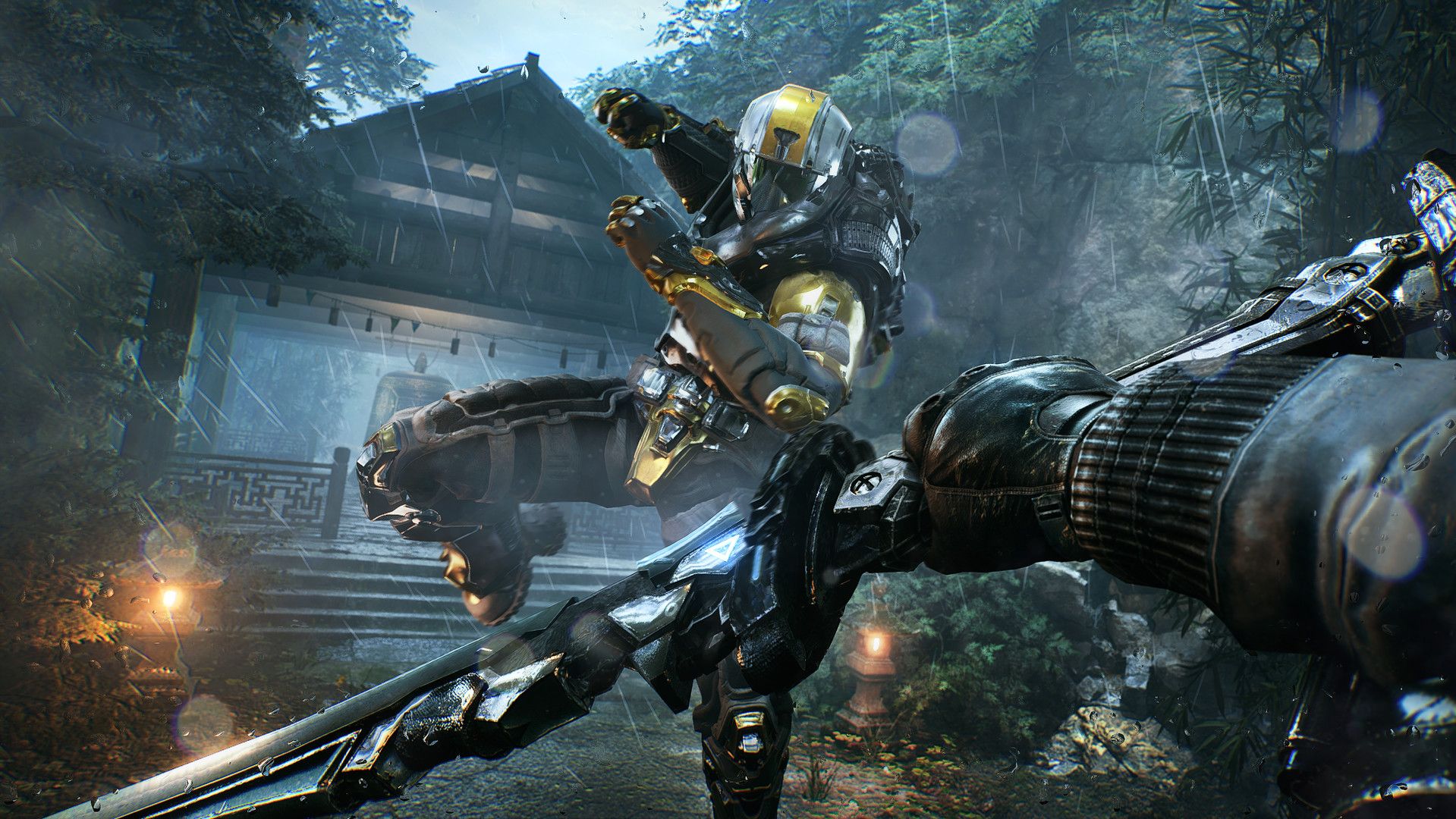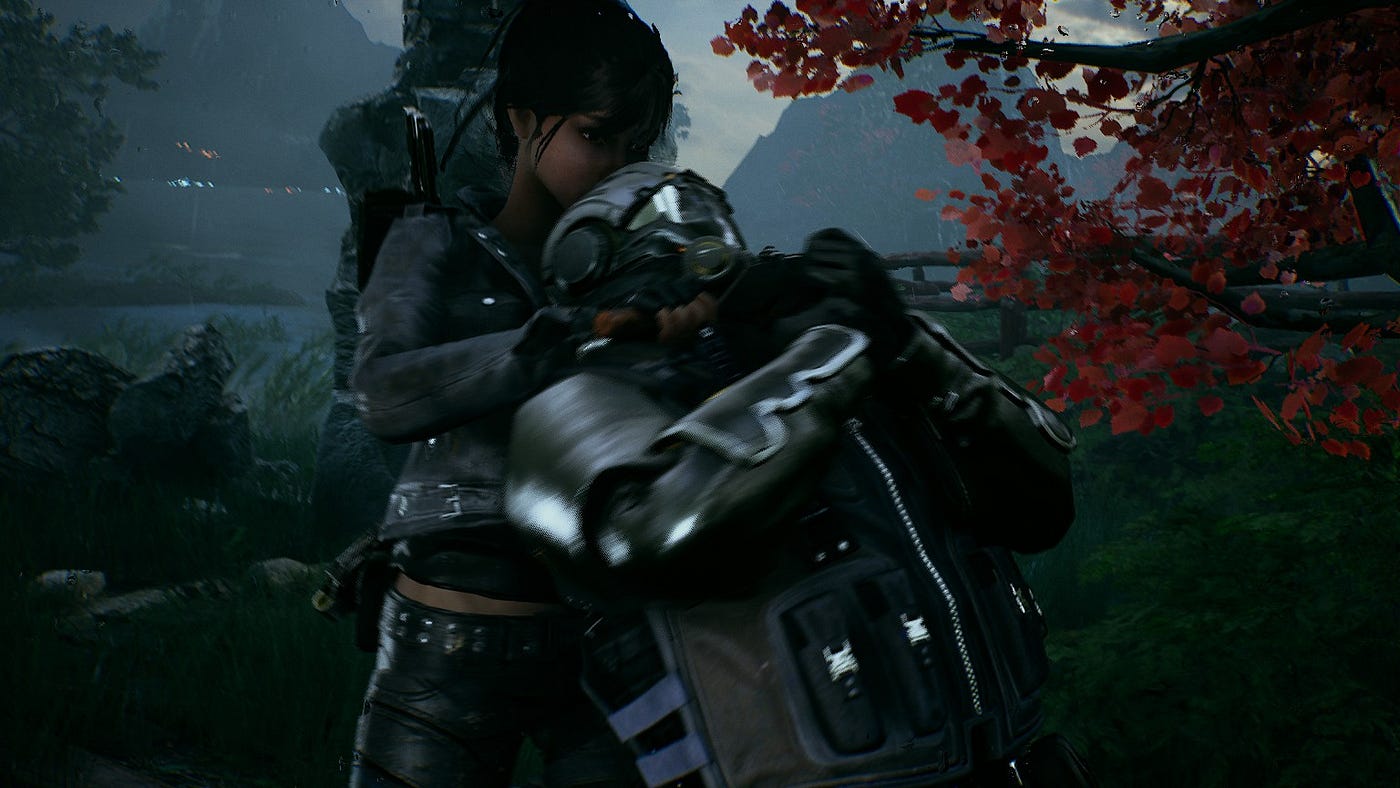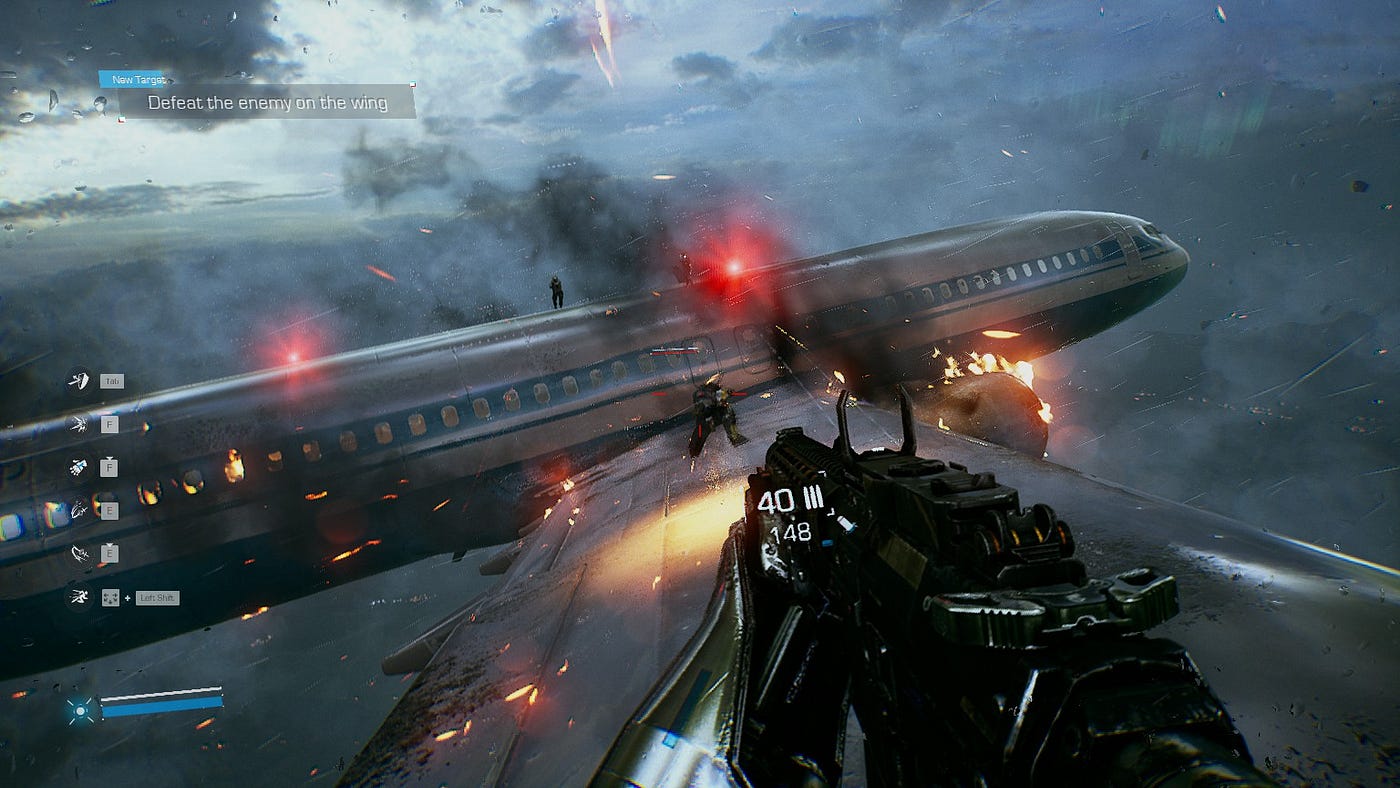Bright Memory: Infinite is Brief but Awesome
The first of the big Chinese indies is here, and it balances cultural design with genre trappings familiar to Westerners

The first-person shooter Bright Memory sent out some ripples when it launched in 2019. Developed primarily by a single person, this extremely short game — pitched as the introduction to an episodic title — hinted at something a lot bigger. The second part, dubbed Bright Memory: Infinite, has just dropped — did it live up to that promise?

For those of you who missed it, Bright Memory places the player in the role of Shelia Tan, a heavily-armed futuristic paranormal investigator — a sort of Agent Scully meets Master Chief. Sent to investigate a new phenomenon, she instead encounters a rogue army (or perhaps a terrorist group, or whomever they’re supposed to be) and, after a brief firefight, all of them find themselves deposited in a strange new land swarming with monsters. The objective is simple — find a way out before something large and horrifying kills you. What can I say? No one played this game for the story.
It’s the combat that really makes Bright Memory. While you begin with a collection of stock-standard FPS armaments, you also have access to a range of more exotic powers, including a telekinetic blast that suspends enemies in midair, an energy blade that ignores armor, and a grapple that can be used to rapidly close the distance to an enemy. While there is spectacle in using these powers, they are also central to gameplay, as many of the monsters have defenses that make firearms ineffective by themselves. The experience is something like Devil May Cry in first-person, and it can be very satisfying once you’ve mastered it.
All in all, Bright Memory is a fine example of something I’ve written about before: The increasingly international focus of smaller Chinese development teams. It combines a distinctly Chinese design aesthetic with a style of gameplay popular in the West to create something that really stands out from the usual suspects in the FPS space.
With Bright Memory: Infinite, the second chapter of the story, developer Zeng Xiancheng told the world that he was focusing on content. From this, I went into the game anticipating the same frenetic gameplay, but more of it — areas, monsters, weapons, collectibles, the works.

Bright Memory: Infinite opens to a brand new phenomenon — a black hole in the sky, accompanied by waves of electromagnetic radiation and, curiously, torrential rain. The flight to the phenomenon goes awry (as transportation is wont to do in shooters), leaving Shelia stranded in the jungle surrounded by the sinister army from the previous outing. It quickly turns out that a little extra rain is not the only unusual thing here — the black hole is bending time, occasionally conjuring ancient soldiers, giants, and buff, angry lion statues to get in Shelia’s way.
If you have any interest in this game, it’s not for the story — which, as with its forerunner, is a silly thing that exists to hold the scenery down. No, you’re here for action and spectacle, and in that regard, little has changed. The arsenal now includes a sniper rifle and the weapons all have secondary fire modes with powered-up ammo, but the setup is otherwise familiar.
The gameplay is built around a series of set pieces, each featuring swarms of enemies from one of the two “factions.” The terrorist army features a mix of conventional FPS fodder and elite melee-focused enemies whose defense must be worn down with special attacks and parries before they can be harmed. The time-displaced bad guys are, essentially, an all-elite force, mostly melee but with an archer enemy that will cause the player more frustration than a man with a bow has any right to.
You’ll also find a handful of boss fights in Bright Memory: Infinite. Without giving away too much, the bosses come in two flavors: Melee-focused fights against fast-moving opponents that require skillful evasion and firearm-focused fights against massive opponents that require a lot of running around the boss arena like a barn mouse and hoping you don’t get cornered. I’m not convinced that I was fighting any of these bosses correctly, but they did go down in the end, and that’s what matters, right?
All of this is to be expected, but Bright Memory: Infinite tries to mix things up a little bit. There is an obligatory vehicle section, as well as a footrace and some very rudimentary platforming sections. There’s another section that’s more regrettable. I’m afraid I have to utter three of the worst words in all video games: forced stealth section.
Give the guy a break, they don’t know that this is a bad idea in China yet.

Now comes the time to talk about the parts of the game that aren’t so good, starting with the bugs.
The good news is that they aren’t so bad. I know that some reviewers love to harp on things like this but honestly, in an age when blockbuster AAA titles commonly launch in a virtually unplayable state, I’m willing to cut an indie developer some slack if the boss takes a second or two to load in after the player respawns. There also seem to be some issues with the way that ammunition is tracked after a reload to a checkpoint, though I’m half-convinced that this was breaking in my favor and giving me more special ammo than I should have had so I’m not sure how much I should complain.
Oh, but let’s talk about those checkpoints, because here I lose some mercy. Bright Memory: Infinite has an almost whimsically nasty habit of placing checkpoints right at the beginning of a firefight. This means that if you should die in said firefight, you will respawn mid-battle — possibly with an enemy in your face, possibly while taking sniper fire. And thanks to the aforementioned bug regarding ammo, you may begin this battle with an unready firearm that needs an immediate reload. Thanks for that.
I guess my advice is: Try to never lose, ever.

With that out of the way, I can talk about the best parts of Bright Memory: Infinite, and indeed the best argument for buying it. But first, I want to talk about that whole “Chinese design aesthetic” thing I mentioned earlier. Much of the game takes place in a series of ancient castles and walking streets that are modeled directly after real-world locations. I have a feeling that a lot of reviewers are going to mention that, but this isn’t what makes the game essentially Chinese — after all, any Western dev could have done that.
No, it’s the set pieces that make this game feel Chinese.
As a country, China is obsessed with American action films — the bigger and cheesier, the better. Did you ever wonder how The Fast and the Furious became such an enduring franchise? You can thank/blame the Chinese for that. Comedy is culturally bound, but a man bailing out of a car seconds before it bursts into flames and crashes into the ocean is something with purchase in any language.
Bright Memory: Infinite really does revel in action movie set pieces that are magnificent in their absurdity. I am torn between keeping them secret and spoiling the whole bunch, so I’ll split the difference and describe just one.
Shelia is racing through an enemy encampment behind the wheel of something James Bond might drive if Ian Flemming was from Los Angeles. At the end of the sequence, the car flies off a cliff, and Shelia ejects at the last second and grapples onto the wing of a passenger jet in mid-crash. The evil soldiers land on the wing as well (apparently just to kill her) and so she continues fighting them on the rapidly descending plane — with engines visibly on fire, no less — until she is able to escape them by grappling onto the wing of a second passenger jet.
As to what happens then, well…I can’t tell you everything, now can I?

Your reaction to the above is going to determine whether you enjoy Bright Memory: Infinite or not. Both of the Bright Memory games are very much defined by a willingness to do anything to be interesting and original. In a genre that can be weirdly stodgy and resistant to change, that’s worth something.
So why not give it a shot? It’s short, intense, and I guarantee that there is something in here that you will remember for years to come.
